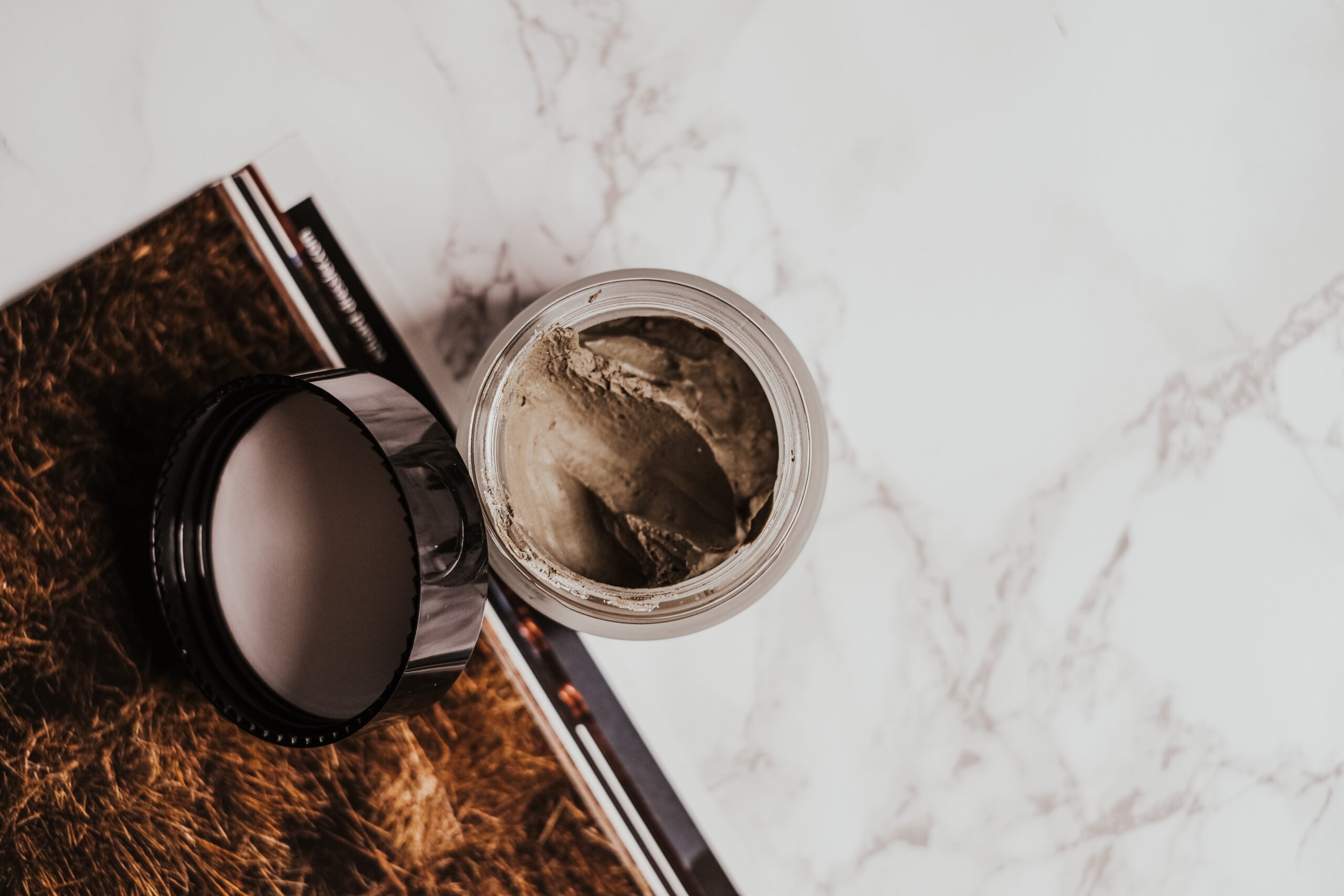Should You Use Beauty Products With Caffeine in Them?
Your caffeinated drink might wake you up, but can applying it to your skin make you look wider awake?
That’s the promise of many undereye products. Caffeine has a vasoconstrictive effect—it shrinks blood vessels. “This could reduce some redness and temporarily depuff the eyes,” says Dr. Aegean Chan, a dermatologist in Santa Barbara. “However I haven’t seen a lot of great data to show that’s effective.”
Formulation chemist Jen Novakovich agrees, saying she’s not convinced a caffeinated undereye cream will reduce puffiness any better than a simple cold compress.
Cellulite-busting creams also commonly contain caffeine. “There is in-vitro data to show that caffeine does inhibit the enzymes that are involved in fat deposition, and it is readily absorbed through our typically hardy skin barrier,” Chan says. “However, it really is only in the superficial subdermal layer of fat, and clinically I don’t think it’s extremely effective for the concern of cellulite.” She says there might be small improvement but not usually to the level that would satisfy most people who are concerned. Any effect is likely to be superficial and transitory, so you would need to apply the product every day to see benefits.

Other caffeine-containing products include shampoos that promise to promote hair growth, based on the idea that the caffeine will stimulate blood supply to the scalp, but the evidence there is poor. There are also body scrubs with coffee grounds, which do work for exfoliation but no better or worse than any other mechanical exfoliant.
“I would say, if you as a consumer find products with caffeine help, keep on using them,”Novakovich says . “But if you’re on the market and hoping caffeine will be the silver bullet, I wouldn’t hold your breath.”

What does actually work, apart from cold compresses, a good night’s sleep, and—for minimizing cellulite—being under 30? Eye bags can be treated with a surgical procedure called blepharoplasty. You can also have surgical fillers injected into the tear trough, a crease under the eye that can make you look more tired. For cellulite, the most effective options are procedures like lasers and subcision, where a dermatologist inserts a needle or laser fibre just under the skin. Exercising to become more muscular can also improve the appearance of cellulite. For treating hair loss, there are prescription treatments like minoxidil, also known as Rogaine, plus more invasive options like transplants and platelet-rich plasma (PRP) injections.
The really radical solution? Make peace with your appearance and try to stay immune to the message that you need to get rid of cellulite or eye bags at all. “There’s a lot of frankly predatory marketing geared at women in this category,” Novakovich points out. So how about we give ourselves a break, and learn to love the skin we’re in?




